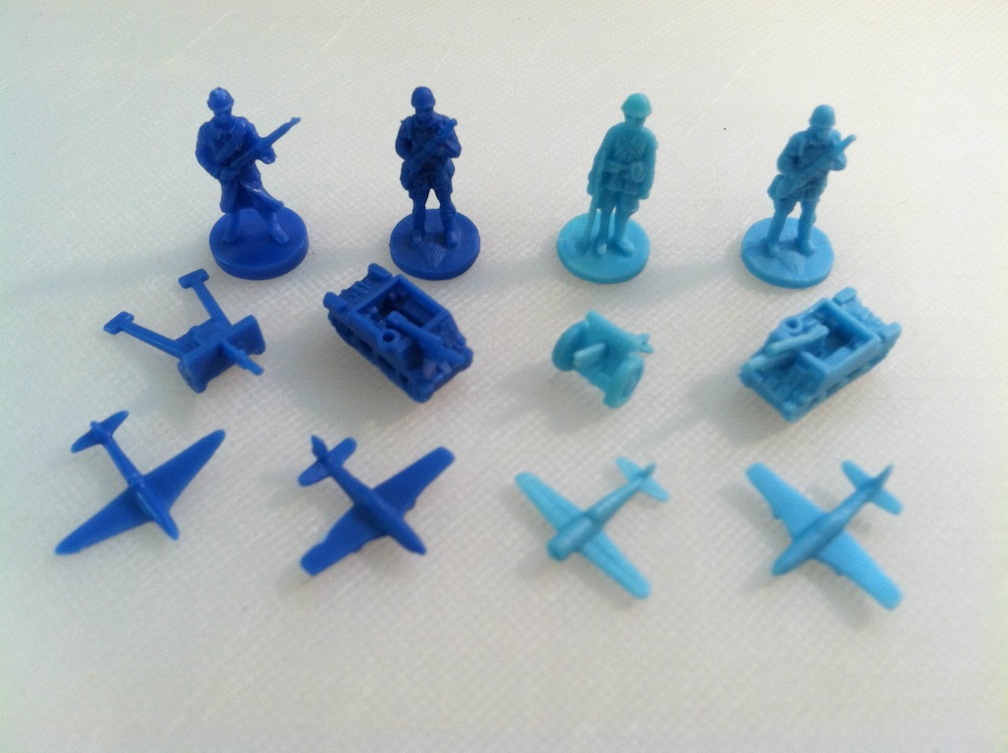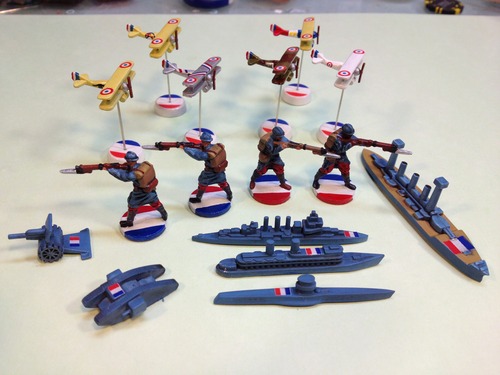I know you guys are busy and this question was bound to get asked so here goes. Larry’s WW1 game in my opinion needs some updated pieces how far on the depth chart would these be if they are even on it. I know I am getting greedy any info would be good. Keep up the good work guys it shows.
Thanks
Dave
I agree that the new WW1 game falls short in many ways and also that IL is talking about a new WW1 game in development that will add many units left out by WOTC. We are evaluating to see where we can fill in fro both games. We may do a set for WW! Neutral but with French pieces since a lot of nations used them. I will start a thread to see if there is any interest.








